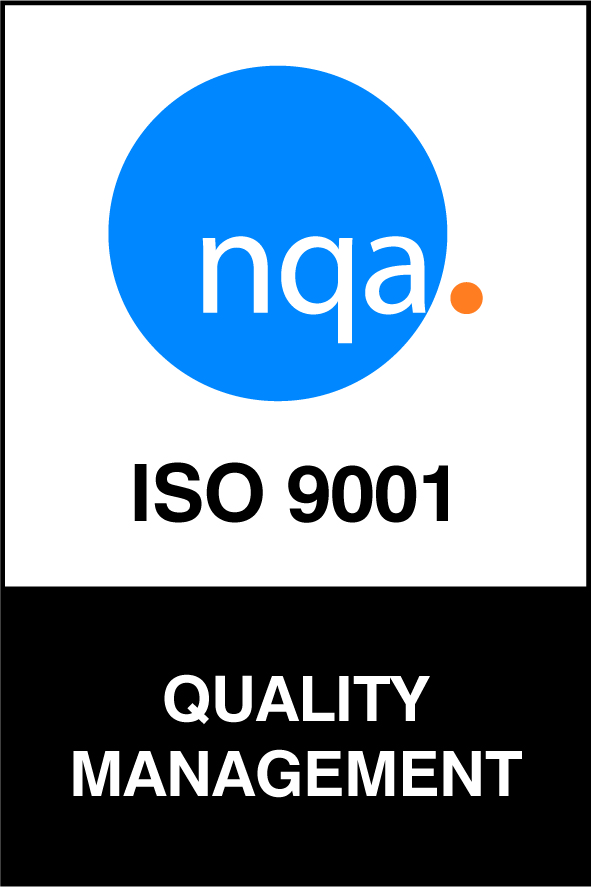Fluorosilicone O-Rings FVMQ Selection Guide
High Performance Fuel Resistant Seals for and High and Low Temperature Applications
Fluorosilicone o-rings are a hybrid of silicone and FKM resulting in great jet fuel resistance with high and low temperature performance. Also widely used in semiconductor Ashing equipment with strong resistance to oxygen plasma, FVMQ fluorosilicone o-rings also feature excellent flexibility, compression resistance, aging and sunlight resistance, and overall wide range of basic chemical resistance.
Fluorosilicone o-rings from Marco Rubber are in-stock and ready to ship today. Leverage the direct purchasing power of the world's largest o-ring inventory network for fast shipping, low prices, and reliable service.
Or contact us to discuss custom specifications on fluorosilicone o-rings, which can usually be fulfilled without additional tooling fees within a few weeks.
Common Names
Fluorosilicone, FVMQ
Trade Names
Silastic® LS, FSE
Features
- Excellent flexibility and resistance to compression set
- Excellent resistance to aging and weather-sunlight
- Resistance to oxidizing chemicals, animal and vegetable oils, fuels, aromatic and chlorinated solvents
- Resistant to diluted alkalies, diester oils, aliphatic and aromatic fluorocarbons, silicone oil, toluene, benzene, ozone and oxidative environments.
Specialty Resistances
- Jet Fuel
- Dry Heat
- Wide Temperature Range
- Some Petroleum Oils
- Chlorinated Solvents
Limitations
- Not resistant to Ketones (MEK)
- Not resistant to Phosphate Esters
- Not resistant to Some Acids
- Not resistant to Auto / Aircraft Brake Fluids
- Not resistant to Amines (Ammonia)
- Poor Abrasion Resistance
- Brake Fluids, Ketones, Hydrazine, Adelhydes, Amines
Mechanical Properties
- Poor Wear Resistance
- Moderate Comp. Set Resistance
- Moderate Short-Term Resilience
- Poor Permeation Resistance
Fluorosilicone O-Ring Compatibility
Compound # | Datasheet | Color | Hardness (Shore A) | Low Temp °F (°C) | High Temp °F (°C) | Features |
|---|---|---|---|---|---|---|
F1002 | Blue | 75 | -80 (-62) | 350 (177) | Aerospace Military Specification Mil-Spec AMS-R-25988 M25988/2, jet fuel resistance | |
F1001 | Blue | 70 | -80 (-62) | 350 (177) | Aerospace Military Specification Mil-Spec AMS-R-25988 M25988/1-### per Mil-R-25988 CL-1 GR-70, jet fuel resistance | |
F1003 | Blue | 60 | -80 (-62) | 350 (177) | Aerospace Military Specification Mil-Spec AMS-R-25988 M25988/3, jet fuel resistance | |
F1006 | Blue | 40 | -80 (-62) | 350 (177) | Jet fuel resistance |
The information on this page is to the best of our knowledge accurate and reliable. However, Marco Rubber makes no warranty, expressed or implied, that parts manufactured from this material will perform satisfactorily in the customer's application. It's the customer's responsibility to evaluate parts prior to use.
The temperature ranges presented on this page are approximations for dry air service only and should not be used to determine design specifications or end-use temperature limits. Actual temperature range of a compound in an end-use application is highly dependent on part type, hardware configuration, applied forces, chemical media, pressure and thermal cycling effects, and other factors. The most practical way of determining an end-use temperature range is testing in the actual application conditions. Consult a Marco Engineer for more details.

